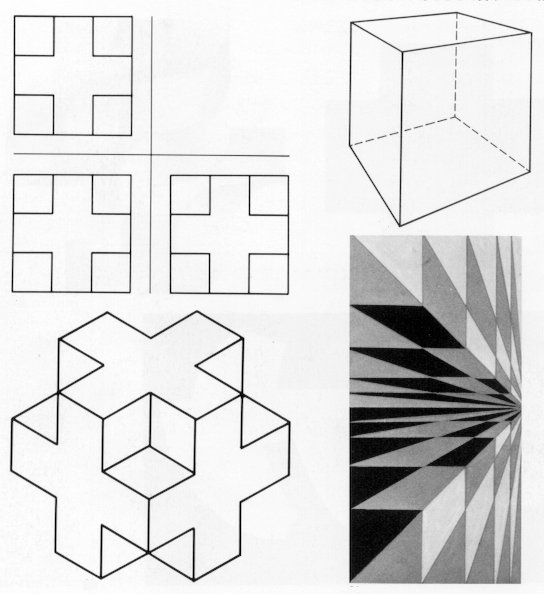(1) Expressions of solid shapes in two-dimensional
space
The shape in three-dimensional space is expressed by making it as
a three-dimensional figure, and there are still other ways to "draw" in
two-dimensional space. It is important in terms of records, communication,
preservation, and administration. Then the problem of how to express solid
forms in planes occurs.
(i) Perspective
One way to express solid forms on a plane is called Perspective.
Not only has it become the method loved by many artist since the Renaissance
to express what something looks like, but it has also been taken over and
is often used as the expected illustration of buildings or renderings of
product designs.

91 93
92 94
|
|
NEXT
CONTENTS